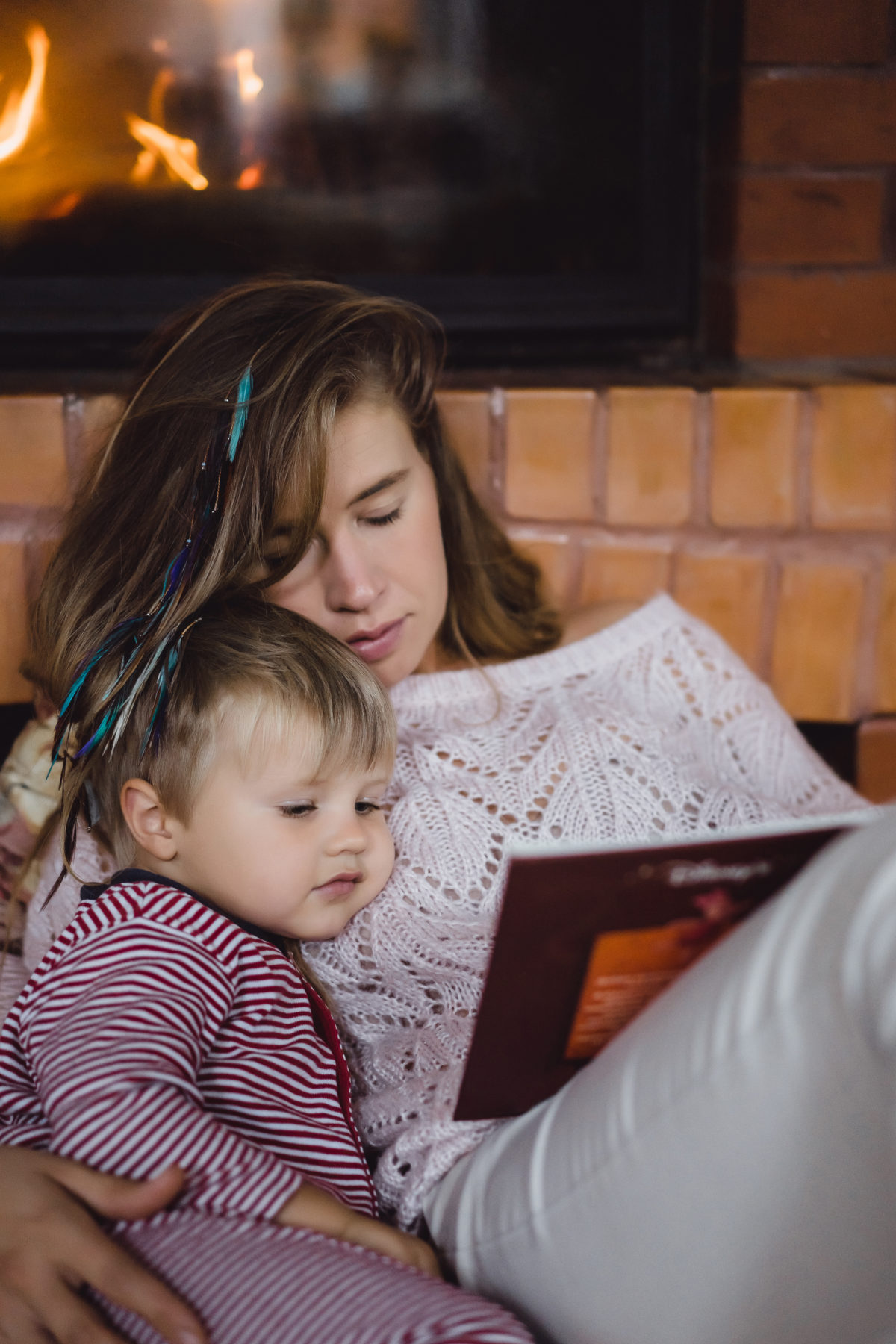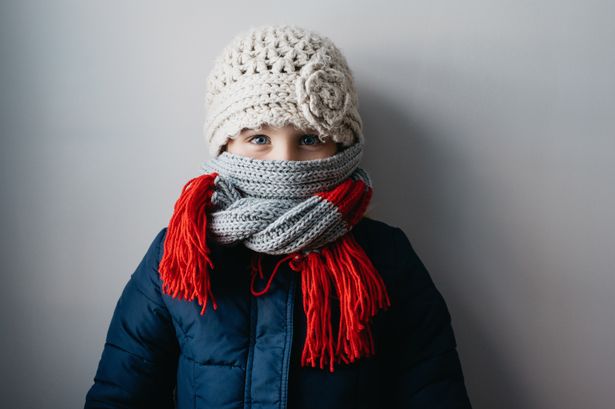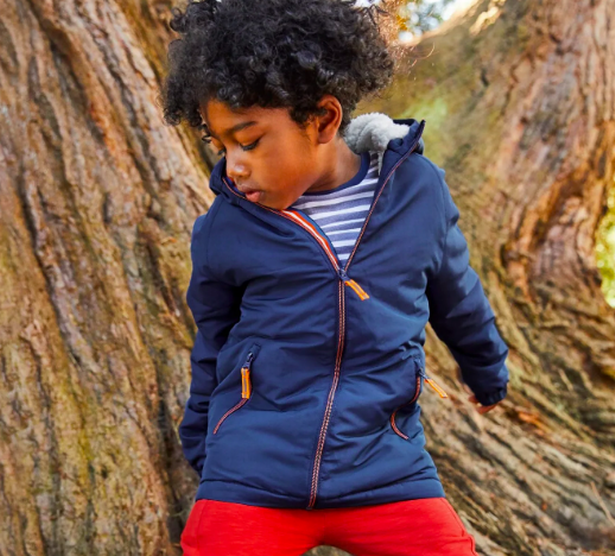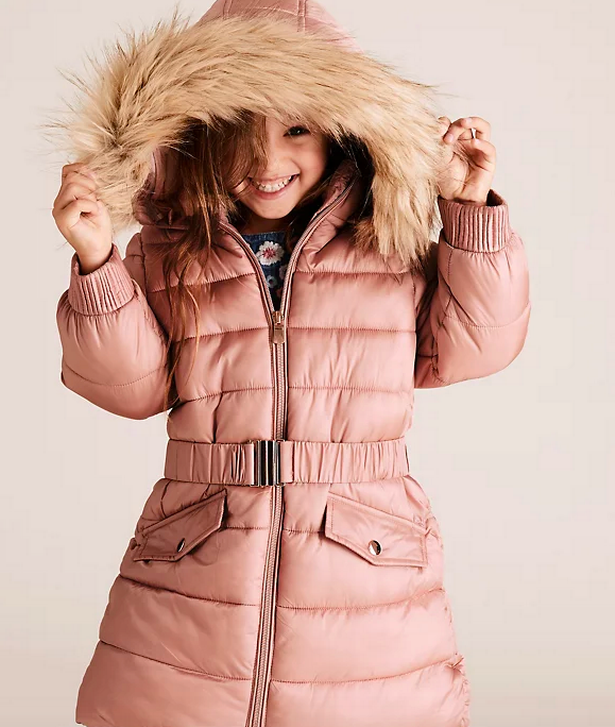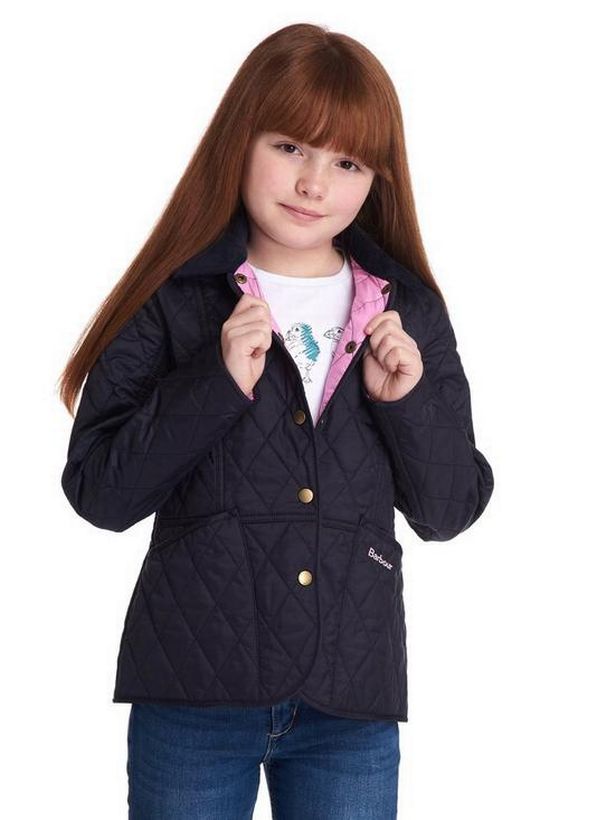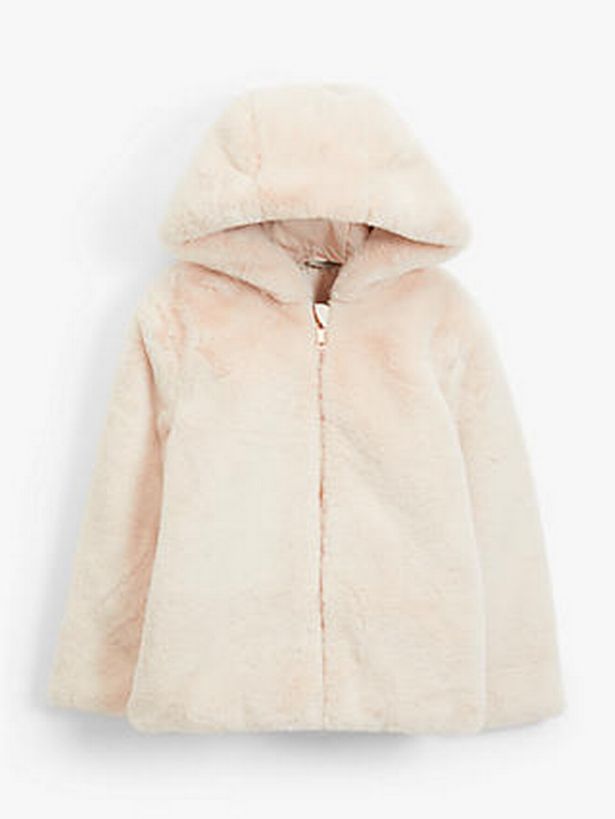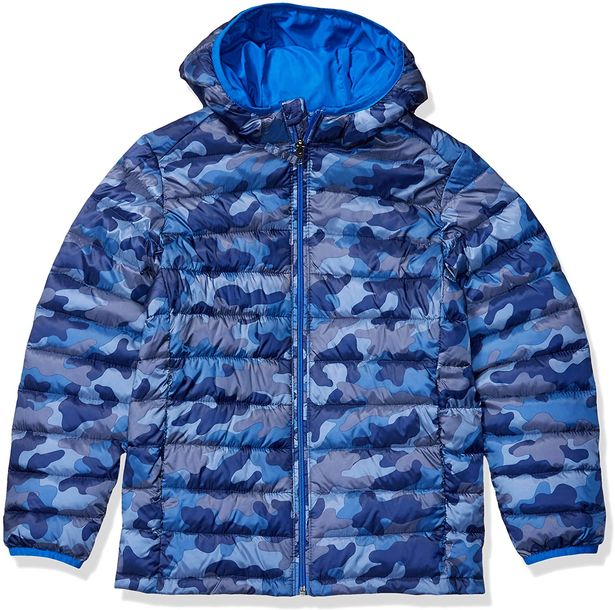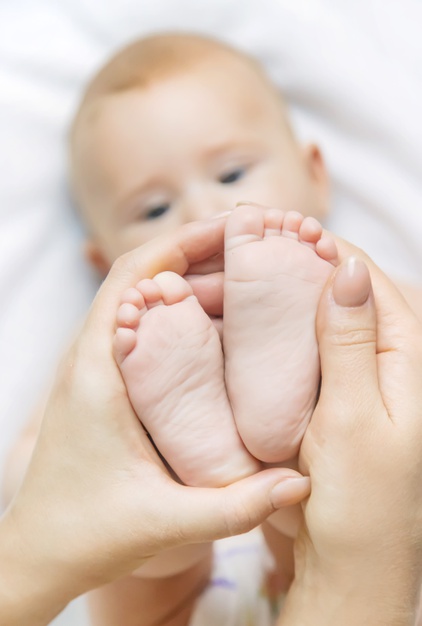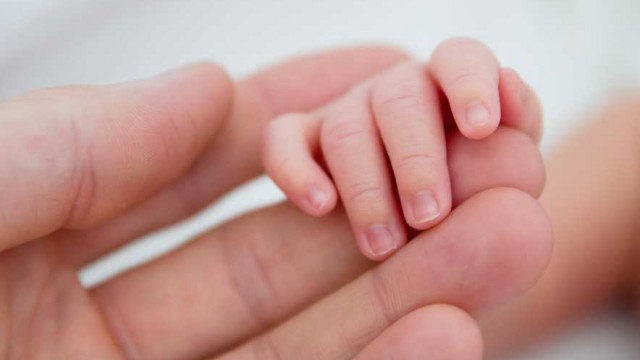Being a caregiver can feel a lot like being a lone ranger. We know other caregivers are “out there,” but our day-to-day lives don’t allow us to meet with others who are facing the same challenges we face. Many caregivers go online to search for other caregivers to light their path.
Having access to these insights can make a big difference, since research shows that caregivers manage better if they feel confident that about handling the daily hassles of caregiving. A 2016 University of Pittsburgh study that drew from the experiences of 91 caregiving families shows that caregivers with a greater sense of self-efficacy (the belief that you can handle a situation) were less likely to be depressed. While you know better than anyone the specific problems you and your loved one must address, you can still learn a lot from other caregivers and experts.
Luckily, more and more caregivers today are sharing their own experiences and insights via blogs. These sites not only provide useful tips and techniques, they also allow you to take part in an online community and social support system – which is especially beneficial if you and your loved one are isolated. If you have access to a computer or smartphone, you can easily reach out to others through caregivers’ blogs. Also, you can often ask the bloggers or readers questions directly through the comments sections or via direct email.
What do the best blogs have in common? They remind us we’re not alone. They give us a mirror, and place to go to, a pal who has dealt with some of the same fears and frustrations we have. The best blogs remind us why we do what we do. They remind us to take a minute. That it’s OK, we’re OK. The best blogs invite us to tag along.
We put together a list of 12 of the best blogs out there to help family caregivers in their own caregiving journeys. Who knows, maybe you’ll be inspired to start blogging about your own caregiving experience!
1. Transition Aging Parents
Blogger, author, and speaker Dale Carter is a long-distance caregiver to her mother, and a passionate believer in informed caregiving. Her seven-year-old blog features guest bloggers who touch on all aspects of caregiving, from practical issues such as finances and housing to Carter’s personal experiences as a caregiver and speaker who connects with caregivers nationally. She is author of the book “Transitioning Your Aging Parent”. The blog also features video and audio presentations by Carter on topics like “mindful caregiving,” plus interviews with caregiving experts.
2. As Our Parents Age
Lifelong educator Marti Weston created this extensive blog as a way to organize her experiences living with aging parents. Her years of blog posts provide a wealth of resources to caregivers and others living and working with the elderly, including issues such as managing Medicare and treating the elderly with respect and consideration. Her main blog is also linked to other blogs that focus on specific issues such as her experience with detached retinas and her father’s experience learning to use an iPad. Her posts also cover deep and personal topics such as talking about and experiencing the death of a parent.
3. The Alzheimer’s Reading Room
This blog was started by Bob DeMarco, who left a professional career on Wall Street to become a full-time caregiver for his mother in Florida. DeMarco created this blog to provide resources and information for other Alzheimer’s caregivers. You’ll find less of DeMarco’s personal story and more of the practical strategies you may need, such as how to get someone with Alzheimer’s to brush their teeth. As the field of Alzheimer’s disease research and care can change rapidly, it helps to have resources like this one with the most up-to-date information.
4. Caregiver Warrior Blog
With caregiving, even common, daily tasks can be a significant challenge. Susanne White became a caregiver when her father collapsed with walking pneumonia due in part to his exhaustion from caring for her mother. At that moment it became clear to White that those daily tasks and interactions were proving overwhelming for her parents. White stepped in to help her father care for her mother, who was in the early stages of Alzheimer’s disease. Although both of her parents have died, White continues to maintain her blog and site as a resource for other caregivers.
5. Caregiving Café
Blogger and site developer Lynn Greenblatt began this blog as a way to share the knowledge she gained as she dove into caregiving for her husband. As she notes in her “About” section, this was a job that she had no training for – much like many other caregivers in the world. Her site offers caregivers’ personal stories, caregiving tips and detailed information about practical issues that arise when caring for an aging loved one, from health and nutrition to estate planning and medication management.
6. Dementia Today
Based in Washington State, psychologist Jennifer Gerhold authors this blog as a source of recent news and information related to dementia caregiving. Dementia is linked to a number of other conditions, so her updates also include news and information about related health concerns. This is a news-oriented site that will bring you the latest research news into what works and what doesn’t in the field of dementia care.
7. Caregiver Stories
The Family Caregiving Alliance maintains this blog as a way for caregivers to share their stories. You’ll find experiences from caregivers in a wide range of situations, from adults caring for aging parents and siblings to parents caring for children with special needs. The site also provides links to resources and more information about practical topics such as legal advocacy and different health conditions that may be affecting your loved one.
8. The Organized Caregiver
Caregiver Lynda Shrager, MSW has been a caregiver for her mother and her child – and is also a breast cancer survivor. Her training and experience in occupational therapy and social work shine through her posts. Her accessible style of writing emphasizes organizational strategies that can make caregiving easier and more efficient.
She is the author of “Otherwise Healthy – A Planner to Focus Your Thoughts on Organizing Life after Being Diagnosed with Breast Cancer,” and regularly writes the newspaper column “Moms RX,” which appears in publications nationwide.
Go to the blog.
9. Take Care
This blog is one of the many resources the AARP makes available to its members and the public. It features a range of practical information that may be of use to caregivers and their loved ones. Recent posts touch on the importance of self-care for caregivers, policies that affect caregiving families, personal stories from caregiving families and the value of assistive devices, such as hearing aids.
10. Shake, Rattle and Roll
“Shake, Rattle and Roll” is a personal blog written by Kate Kelsall, a woman in her 60s who has been living with Parkinson’s disease for over 15 years. Kelsall writes about life with Parkinson’s disease as well as the experience of someone being cared for by loved ones. Few of those receiving care write about their experience, and Kate opens up about her life, her marriage, and her treatment with incredible resiliency and a wicked sense of humor.
11. The Battle We Didn’t Choose: My Wife’s Fight With Breast Cancer
“The Battle We Didn’t Choose: My Wife’s Fight With Breast Cancer” is both a blog and a photo journal, and it shares one young couple’s experience with cancer. Through black and white photos, Jennifer’s husband, Angelo, lets us into their world. As a spouse, he reminds us what it’s like to try to be there for those we love, and what it’s like to try to meet their needs even when they can’t express them. Angelo writes, “My main role was whatever Jen needed. If Jen needed to laugh, I was a comedian. If Jen needed quiet, I didn’t talk. If Jen needed love, my arms were open. I don’t think there is any set way to be or road to follow, but what helped me was listening to Jen and trying to stay a step ahead of her.”
Angelo writes that it was difficult for family and friends who were not in their day-to-day lives to comprehend what they were going through, but the photos opened their awareness. We see Jennifer with and without hair. We see her putting on mascara even though her head is bald. We see her floating in a sea. We see the exhaustion and the frustration in a way words could never convey. But we also see the two of them side by side with clown noses. We see the whole of their lives, and even though Jennifer lost her fight with cancer, we still get to keep her, keep them — and that’s pretty amazing.
Go to the blog.
12. Elaine Mansfield’s Blog
One of the biggest fears of caregiving is that as overwhelming, exhausting, and frustrating as it is, it will end. We think our story (or blog) ends when caregiving ends, but it doesn’t. Elaine is a storyteller, and she shares her journey as caregiver to her husband, and the loss of her husband, in her blog. Since 2008, Elaine has continued to blog, to open our hearts and minds to what it means to walk through and beyond caregiving.
Elaine draws on her extensive background in nutrition, palliative care, and bereavement counseling. Her writing reflects her 40 years as a student of Jungian psychology, mythology, philosophy, and meditation. As a teacher and mentor, Elaine facilitates a support group called Continuing Bonds at Hospicare of Ithaca for women who have lost their partners and spouses. She also writes for the Hospicare and Palliative Care of Tompkins County newsletter and website in upstate New York, where she retired from her work as a nutritionist, exercise trainer and women’s health counselor in 2011.
Elaine’s blog reflects the day-to-day questions and insights of what it means to “go on,” to find new purpose and to hold dear the memories of those we’ve lost. We get to know this intelligent, brave woman on days when she doesn’t feel so brave. On days when she’s contemplative, searching for comfort, and finding new guides as she walks us through the tentative paths of grief and loss.
